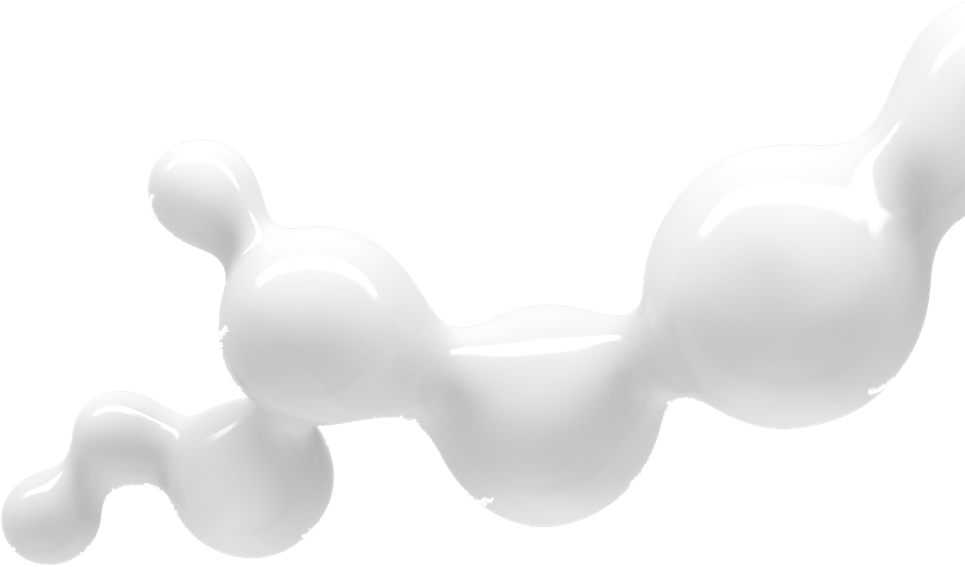חדשנות בשח"מ מקורות ביצוע
כדי להבטיח אספקת מים בעולם של משאבים מתכלים ולהמשיך להיות מובילים עולמיים עלינו להיות יצירתיים וחדשניים.
שח"מ מקורות מזמינה יזמים, מתכננים, מהנדסים וממציאים לקחת חלק בבניית הדור הבא של תשתיות המים הלאומיות.





חדשנות בשח"מ מקורות ביצוע
כדי להבטיח אספקת מים בעולם של משאבים מתכלים ולהמשיך להיות מובילים עולמיים עלינו להיות יצירתיים וחדשניים.
שח"מ מקורות מזמינה יזמים, מתכננים, מהנדסים וממציאים לקחת חלק בבניית הדור הבא של תשתיות המים הלאומיות.
הפרויקט אשר יבוצע ע"י שח"מ מקורות ביצוע, מתבצע כחלק מהצורך במיצוי מקורות המים הטבעיים, לאור התחזיות למחסור עולמי במים עד שנת 2050.
דרושים